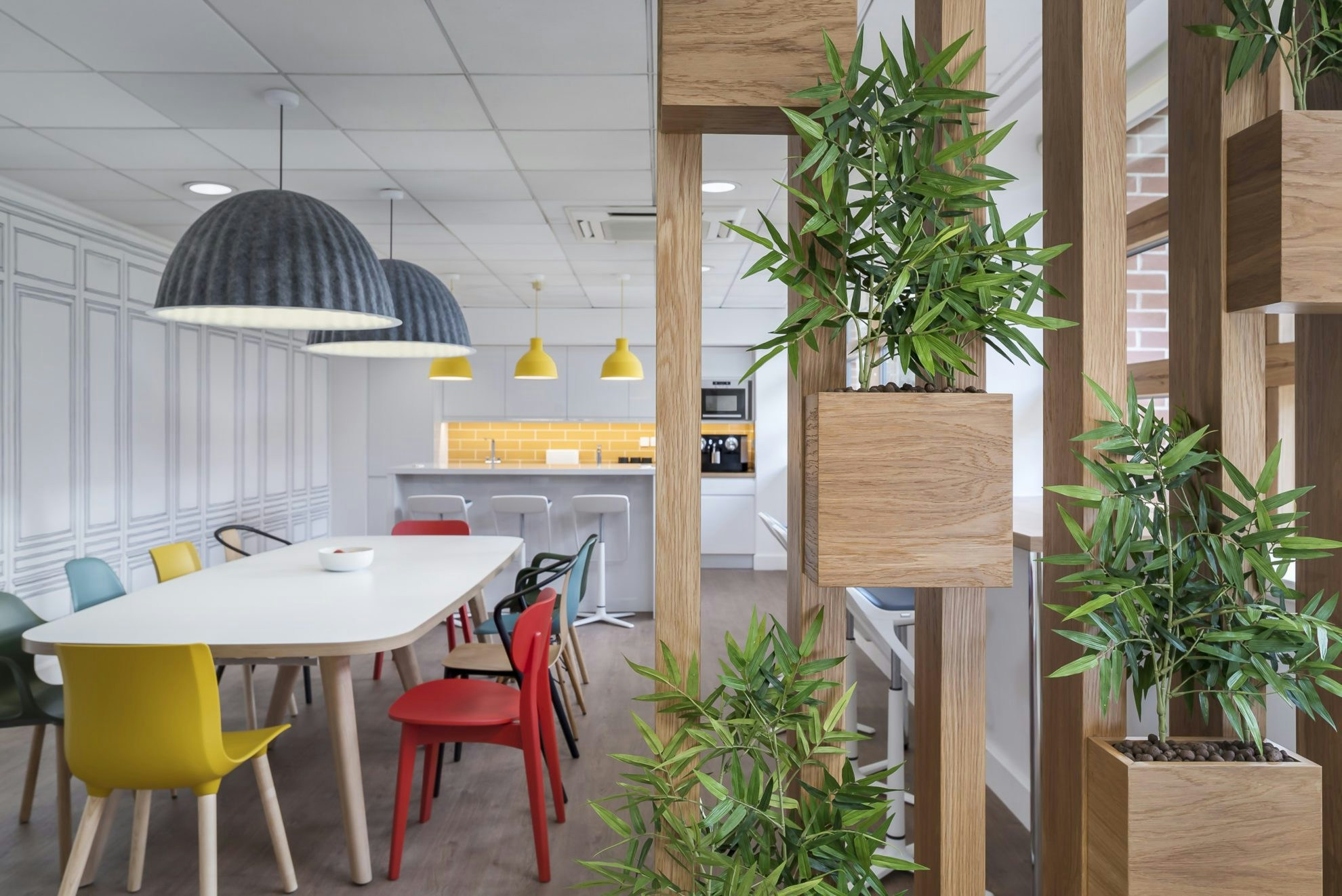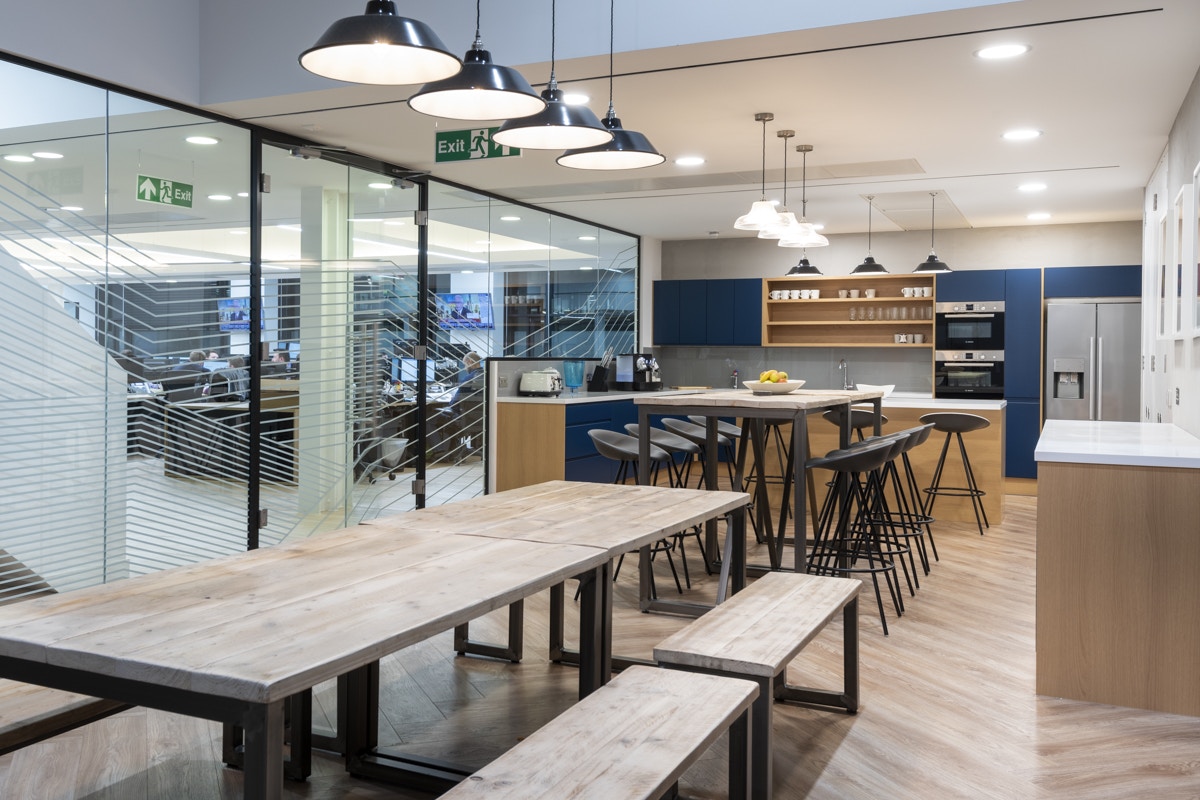What is Workplace Wellbeing?
Wellbeing in the workplace can significantly impact an employee’s physical, mental, and emotional health. A well-designed office environment can improve employee wellbeing by providing access to natural light, ergonomic furniture, and creating spaces that support both focused and collaborative work. Thoughtful office design can play a crucial role in shaping an employee’s overall well-being, from providing access to natural light and ergonomic furniture to creating flexible spaces that encourage movement and social interaction.
Workplace wellbeing has become a vital part of core business strategies, especially as companies seek to enhance productivity and employee satisfaction through effective office design. The focus has shifted from simply providing a place to work to creating an environment that nurtures health, comfort, and efficiency.
Once seen as a passing trend, workplace wellbeing has gained significant importance, especially with the rise of hybrid working post-COVID. As employees split their time between home and office, creating a well-balanced, healthy workspace has become crucial for maintaining morale and productivity.




